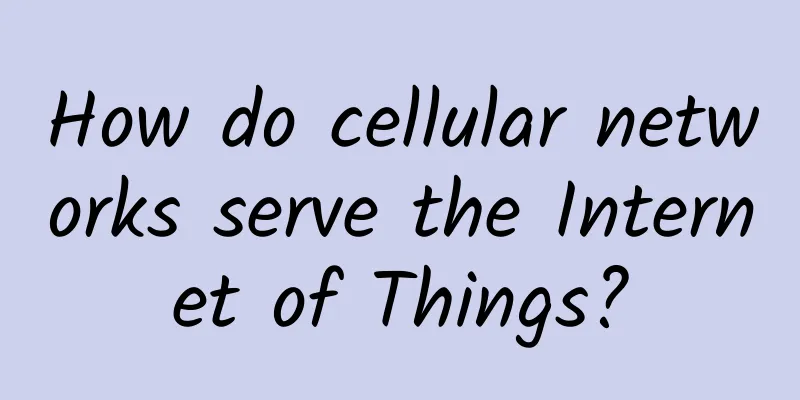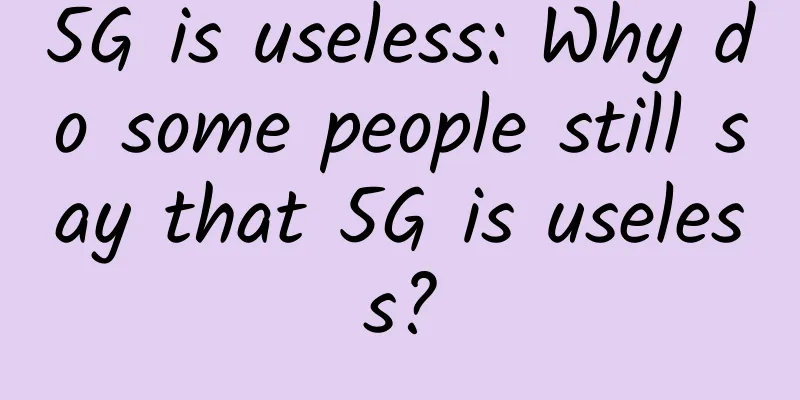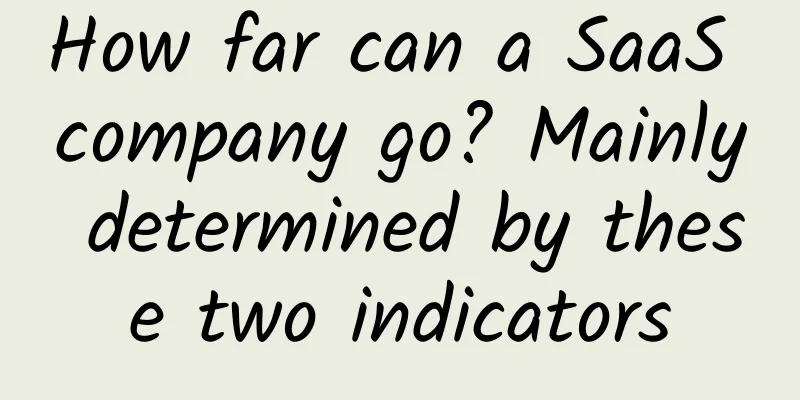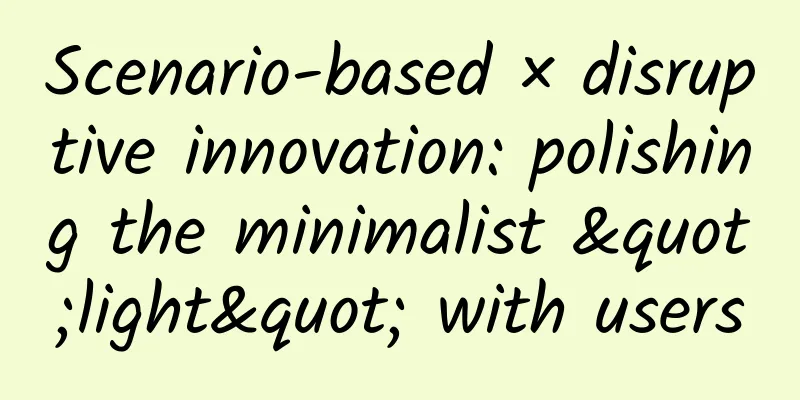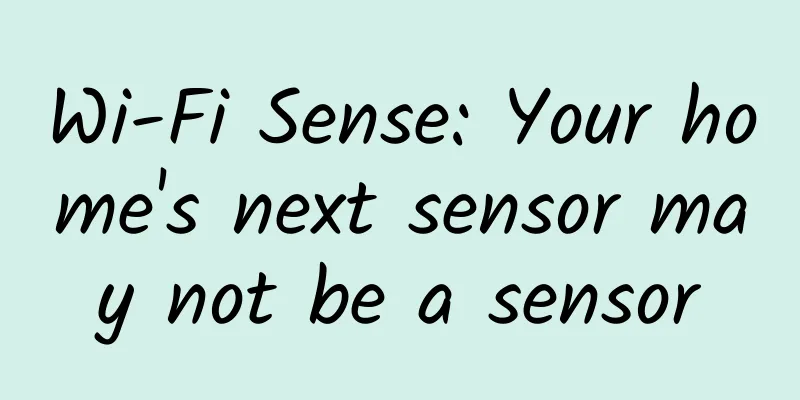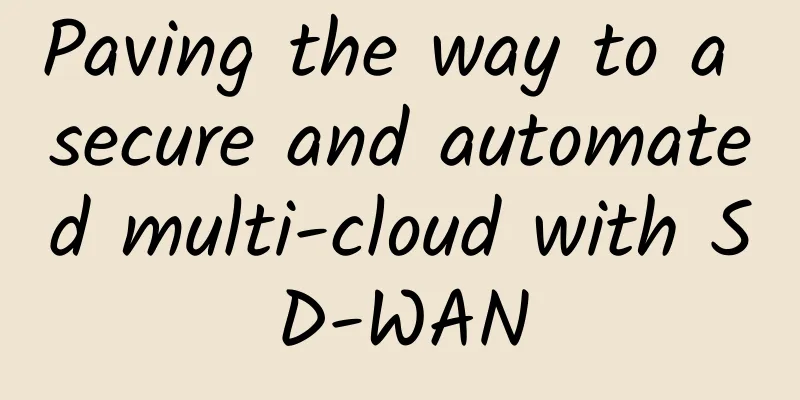New trends: eight directions of development of the Internet of Things industry
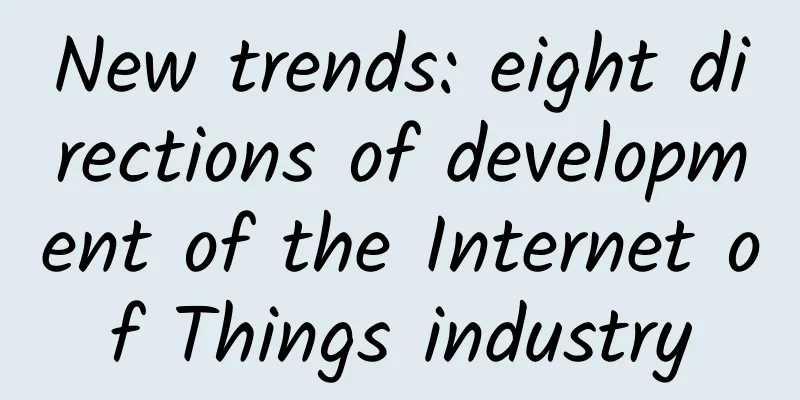
|
The Internet of Things (IoT) is a technological revolution that aims to embed short-range mobile data transceivers into gadgets or objects in daily life, bringing new developments to the field of information and communication technology. Frost & Sullivan's research report proposes eight development trends of the IoT. 1. IoT will evolve into a cognitive tool In 2017, the development of the Internet of Things will evolve from IoT 0.0, which is about connected devices, to IoT 2.0, which uses cognitive computing and predictive computing.
2. Cognitive technology becomes the new intelligence The Internet of Things is rapidly turning to artificial intelligence (AI) to transform smart devices, which can respond directly to changes in the environment without human intervention. In 2017, cloud services and AI integrated solutions will be able to integrate APP, machine learning and AI to provide complete situational awareness, prediction and regulation functions, and help organizations realize the value of the Internet of Things. 3. Recognize the commercialization of IoT platforms Large companies will continue to work on building an ecosystem and provide various building blocks at the lowest cost to promote innovation and develop new IoT-related solutions and capabilities. The IoT platform war has already begun, including: Amazon Web Services, Microsoft Azure IoT, IBM Watson Cloud Computing, SAP HANA, and PTC Thingworx, etc. Companies such as AT&T, Verizon, and Cisco, which have their own IoT ecosystems, will continue to provide components (building blocks) to larger platform suppliers and begin to transfer their own ecosystems to the larger IoT ecosystem. 4. Drone delivery becomes a reality Amazon successfully delivered a package by drone for the first time on December 7, 2016. Frost & Sullivan estimates that regulations for commercial drone testing will be passed in 2017, and drone delivery services will be available by the end of 2017. In addition, Qualcomm and AT&T are also testing drone commercial delivery, drone monitoring of forest fires, cell towers and cables, while continuing to lobby lawmakers to approve drones equipped with sensors for commercial use. 5. The Internet of Things is a crisis for national cybersecurity Unsafe devices and malware may become a security risk for the Internet of Things. In 2017, hackers hacked into IoT devices and caused losses. For example, in the DDoS attack in October 2006, hackers successfully hacked into unattended cameras. Currently, there are billions of network devices in operation. Similar hacker attacks will invade power grid infrastructure, connected cars, drying, traffic monitors, nuclear power plants, etc., which will become a national network security crisis. 6. The integration of smart cars and smart homes has been realized The Internet of Things allows mobile devices and smart homes to merge, helping consumers realize their dream of centrally managing their digital lives, including: car sharing, integrated train and plane schedules, car rentals, on-demand transportation (TAXI, BRT), urban public transportation, car energy management, APP, journey planning, big data, dynamic parking, private butlers, etc. 7. AI Assistants for Competitive Advantage Amazon, Google, Apple, and Microsoft are all trying to seize the market share of personal assistants in order to compete for the market share of home, consumer Internet of Things, and artificial intelligence. In the development of AI personal assistants in 2017, the first step is to integrate existing services with AI personal assistants with smart home solutions; the second step is to integrate with the Internet of Vehicles; the third step is to integrate with autonomous driving; and finally, the large-scale introduction of AI personal assistants by small companies and owner communities will increase the competitive pressure on market leaders. 8. Popularization of cloud computing Efficient data standards and fog computing will support endpoint intelligence and owner communities, which will help the future deployment of the Internet of Things.
|
<<: WiFi will be replaced? Not 5G
Recommend
Cisco and partners work together to build the Cisco (Guangzhou) Smart City industry ecosystem
In order to accelerate the development of Cisco (...
[6.18] CMIVPS recharge gift 20%, Hong Kong high bandwidth VPS monthly payment 20% off / annual payment 30% off
CMIVPS has launched a special promotion for 6.18....
Ruijie won the Intel "Strategic Cooperation Award" and further deepened its cooperation with Intel
Recently, the 14th Intel Internet of Things Summi...
OVH France/Canada High Defense VPS 50% off for the first month, starting from 14 yuan
Oluyun is a new Chinese hosting company that open...
On the day of the Chinese college entrance examination, most of the Internet in the world was paralyzed by this "small company"
On June 8, while the college entrance examination...
Quantum computing will impact businesses despite misunderstandings, study shows
Nanotechnology, transportation, cybersecurity and...
20 billion daily traffic, Ctrip gateway architecture design
20 billion daily traffic, Ctrip gateway architect...
Image Gallery: TCP/IP Protocol Suite and Security
OSI and DoD Reference Model Relationship between ...
Shandong issues six standards for e-government cloud platform construction
Recently, Shandong issued six standards in the fi...
The four major telecommunications operators may realize free roaming settlement in rural areas through resource peer-to-peer exchange
In response to the question of how the four major...
The interviewer asked about the ZAB protocol right away, and I was trembling...
[[391275]] Zookeeper achieves the final consisten...
ThomasHost: $5/month KVM-2GB/50GB/1G port unlimited traffic/6 computer rooms available
I searched and found that the blog shared informa...
How to save records when surfing the Internet? You need to know the relationship between Session and Cookie
Why use Session and Cookie? In a nutshell, becaus...
5G, Industry 5.0, eSIM connection: the key to the future development of the Internet of Things
On February 9, 2022, Eseye, a provider of IoT con...
Wu Jiangxing: Build the "steel skeleton" of 6G network resilience engineering and construct a 6G endogenous security and trustworthy system
March 14th news: As an important supporting techn...

